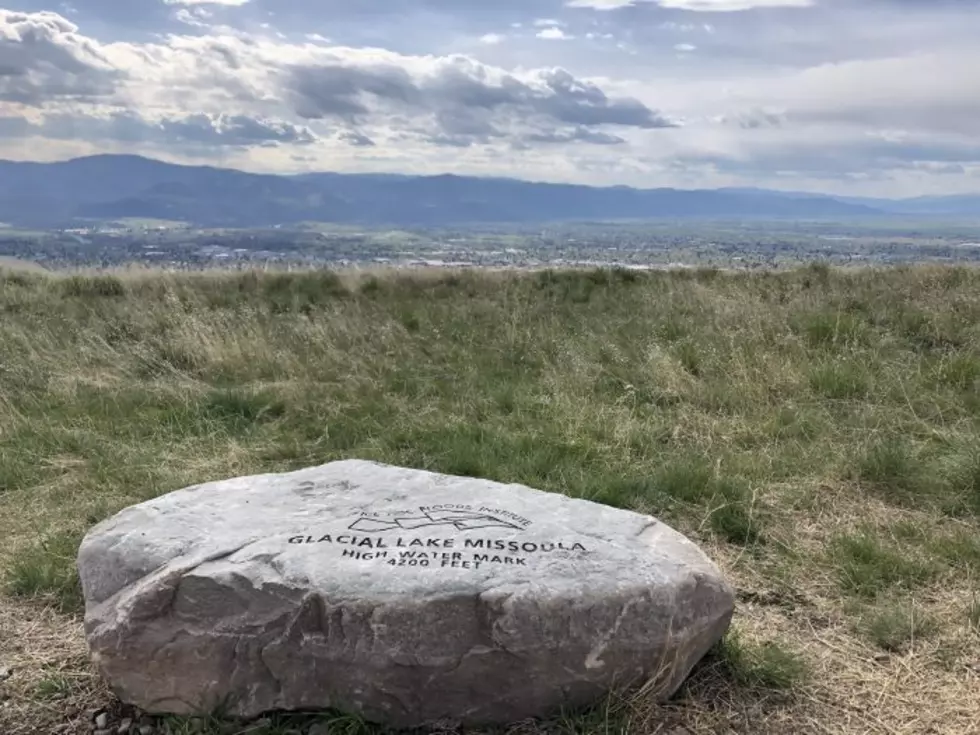
Breathe deeply, Missoula: EPA removes city from list of air pollution violators
Missoula sits in a pollution-prone bowl, but its residents have cut their contribution enough that the Missoula area has been taken off the federal list of air pollution violators.
On Monday, the city-county air quality program announced that the U.S. Environmental Protection Agency has recognized Missoula’s efforts to keep particulate pollution out of the air. No longer is Missoula one of the seven Montana towns deemed in violation of federal PM10 standards established in 1987.
PM10, or particulate matter of 10 microns or less, refers to particles so small that it would take a stack of 70 to equal the diameter of a human hair.
Because they’re so small, PM10 pollution can lodge deep in the lungs and potentially the bloodstream, leading to respiratory and heart problems. The sources of such particles are wood smoke from fireplaces, wildfires or other outdoor burning, industrial smokestack emissions, road dust and vehicle emissions.
Even though Missoula is just being granted attainment status, the last time the valley exceeded the PM10 standard was in 1989. Back then, many Missoula homes still had fireplaces and lumber mills still churned out smoke. And because Missoula regularly experiences inversions in the winter, all those particles would be trapped in the valley, causing poor air quality.
Since then, in an effort to reduce particulate pollution, wood-burning fireplaces were banned, streets and alleys were paved and city sweepers waste little time in cleaning winter gravel off the streets.
Once the air improved, the state and the county had to jump through a few more hoops, including writing a Limited Maintenance Plan, describing how transportation activities and projects would not cause new air quality violations or add to existing ones.
The county also had to show that air in the valley hasn’t exceeded the 24-hour concentration limit of 150 microns per cubic meter for the past five years, excluding wildfire events.
Between 2013 and 2017, Missoula’s air exceeded the limit six times, but all six were associated with nearby wildfires. In fact, the poor air quality during wildfire events led the American Lung Association to give Missoula and seven other Montana counties an “F” for air quality in 2018.
That year, the Rice Ridge fire in Seeley Lake produced the highest particulate pollution readings ever recorded in Missoula County, rendering the air unhealthy over a wide area that included Seeley Lake and the Missoula Valley.
In September 2018, the EPA approved Missoula’s Limited Maintenance Plan, and in March the EPA announced it was considering upgrading Missoula’s non-attainment status, which was finalized Monday.
“Primarily, it just removes the stigma of being a ‘non-attainment area,’ ” said Sarah Coefield of the Missoula city-county air quality program. “Now, we are technically a ‘PM10 Maintenance Area,’ which requires a 20-year period where we have to continue to show that we are maintaining that air quality standard.”
That means all the rules that Missoula put in place to improve the air will remain in place.
And as the city continues to grow and more cars clog the roads, other rules may need to be developed to control emissions. But for now, Missoulians can breathe easy.
“It’s just a little pat on the back for Missoula for doing such a good job of cleaning up the air,” Coefield said. “It really is a cooperative effort to get it down to better air quality.”
